Lifestyle
STA, 5 March 2021 - The 22nd international feminist and queer festival Red Dawns (Rdeče zore)will open on Friday with an exhibition of posters from Polish women's strike entitled To jest wojna. All events will be held online.
The exhibition of protest posters presenting the role of Polish female visual artists in the battle against a ban on abortion will be on display at the Alkatraz gallery at the AKC Metelkova between Monday and Friday until 26 March and will also be available online.
On Sunday, the Silver Thistle for the most sexist statement of 2020 will be conferred by the festival's organisers in cooperation with web portal Spol.si.
On Tuesday, 9 March, Danijela Zajc will stage her performance Niti, which was created at the Cirkusarna NaokROG at the demolished alternative art centre Rog.
According to the author, the performance is inspired by her own experience of living in a traditional environment through which she tries to understand life, and the actions of her grandmothers, mother and sisters while searching for her own place within those relationships.
Music band Balans from Ljubljana will bring music to a poetry reading that will be organised in cooperation with the platform IGNOR.
Asja Novak will lecture about Albanian sworn virgins and present the campaign for redefining rape under the slogan Only Yes Means Yes in cooperation with the 8 March Institute.
The festival will wrap up on 11 March with live broadcast of music performance by Ingver in Gverilke, which will be followed by a video and music performance by Federico Luza Da geht di Sonne unter!
STA, 4 March 2021 - Secondary school students in years 1-3 are joining their final-year peers Monday as secondary schools fully reopen amid the coronavirus epidemic. However, this does not mean the end of remote learning just yet - under model C, half of them will come to school for a week while the other half will be distance learning at home.
There are no changes to final-year secondary school students, who come to school every day, Education Minister Simona Kustec told the press on Thursday.
There are also no changes to primary schools, with the only difference being the introduction of face masks for children in years 6 to 9 also in their classrooms.
Currently all primary schools children - from year 1-9 - have to wear them only in communal areas such as corridors, halls, or dining areas.
Face masks will also be mandatory from next week for secondary schools, for both students and teachers.
As before, students in the shorter, two-year vocational secondary education continue in-person learning, explained the minister.
Next week will also see the launch of priority vaccination for education workers, first for those older than 50.
All teachers teaching in-person are still required to get tested for coronavirus once a week.
Kustec said the epidemiological situation in kindergartens and schools remains stable.
The latest data shows that 79% of kindergarten children and 83% of staff are in kindergarten, while both figures for primary schools are 90%.
Active infections in kindergartens, primary and secondary schools are currently at 0.16%, with 1% of children quarantining, the minister added.
Health inspectors meanwhile carried out 40 checks related to coronavirus testing at schools and kindergartens last week, establishing no breaches, Deana Potza from the Health Inspectorate told the government's daily Covid-19 briefing.
The findings show that educational establishments provide for testing of their staff and that there were no irregularities in organising nor informing the staff about testing, she explained.
Following around four months of distance learning, primary schools reopened for children in years 1-3 on 9 February, and for the rest of primary schools children on 15 February, when final-year secondary students also returned to school.
Special-needs children returned to in-person school on 5 January, while higher education continues largely remotely.
STA, 4 March 2021 - Bars and restaurants in two eastern regions, Posavje and South-east Slovenia, will be able to start serving customers outdoor as of Monday, Economy Minister Zdravko Počivalšek announced on Twitter. Initially, this will be a one-week test to see how things turn out.
Počivalšek said he was glad "we've come to a point where we can restart a portion of the hospitality industry." He suggested the two regions would serve as a bellwether for the rest of Slovenia when it comes to reopening.
"The opening carries huge responsibility... I appeal to proprietors and guests: act responsibly," he added.

The two lucky regions
While Slovenia is in the orange tier of restrictions, both regions currently have figures that place them firmly in the milder, yellow tier, where serving customers outdoor is allowed.
Počivalšek said that if coronavirus cases there rise, outdoor hospitality will be banned for the yellow tier.
The reopening will be strictly regulated.
Service will be possible between 6am and 7pm. Customers will have to wear masks at all times, except when they are seated at their table, and staff will have to wear masks at all times and get tested for coronavirus weekly.
Tables will have to be three metres apart and no more than four guests are allowed at each table.
Slovenian restaurants have been closed for indoor service since mid-October. Both bars and restaurants were able to offer take-away service, and, since last month, restaurants were allowed to serve B2B guests indoors.
Proprietors have welcomed the move as a sign that there is political will to reopen the industry. "It is also a motivation for proprietors in other regions to achieve the criteria [for reopening] as soon as possible," the Chamber of Trade Crafts and Small Business (OZS) said.
The Tourism and Hospitality Chamber of Slovenia added that the government should say as soon as possible when accommodation may reopen so that marketing activities may start soon enough. "Without guests, opening accommodation does not make sense," it said.
March 4, 2021 - The innovative Croatian museum revolution continues. Meet Museum of Senses, born in Croatia, but expanding globally through franchise and partnership.
As a child, I visited a lot of museums. They were places of awe, wonder and inspiration. Places where I learned things, but also places where I always had a feeling that they were really for adults.
Museums in the era when I grew up were places that you could look, admire and wonder.

But not touch.
Look but not really experience.
How the world of museums has changed.
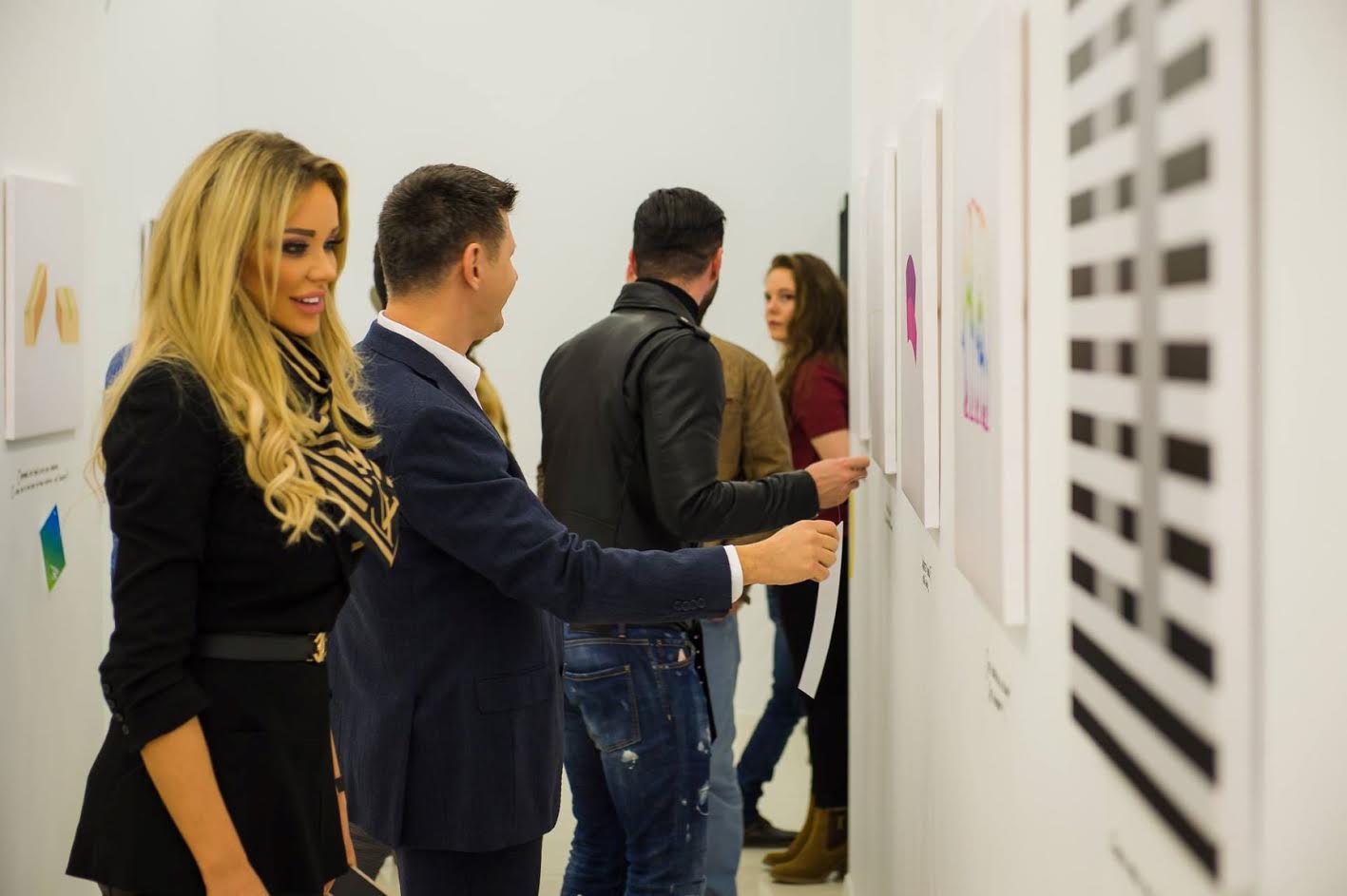
As a father going to modern museums, I am struck by the bigger focus on interaction and experience. And that focus on interaction and experience involves evoking human senses. And there is one museum concept which takes this to a higher level.
Its name, appropriately enough, is the Museum of Senses.
Born in Croatia and Slovenia with three founding partners (two Croatian, one Slovenian), the Museum of Senses blends the concepts of museum visiting and edutainment into a sensual experience quite unlike any other. With six distinct sections dedicated to the six senses of sight, sound, smell, touch, taste, and balance, the Museum of Senses provides an engaging hands-on museum experience that this former child could only dream of.
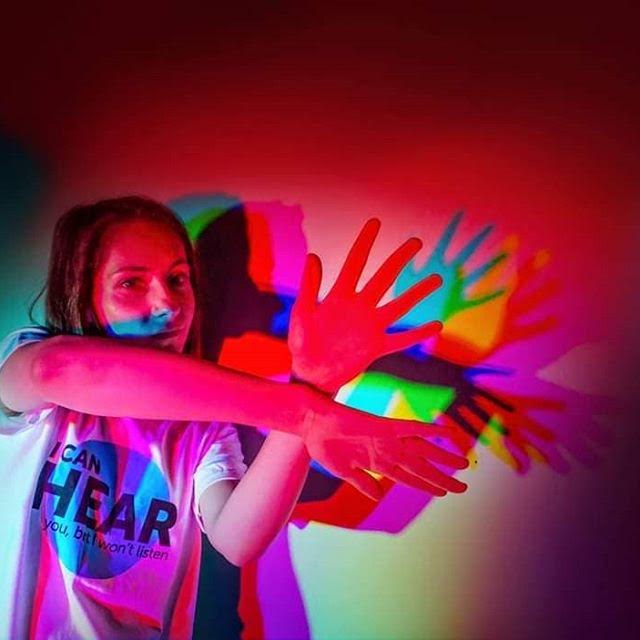
Each of the senses is associated with one of the leading colours. Colours through the zones appear in the form of light, illustration, elements of visual communication and by exhibits themselves.
By exploring their senses, visitors not only enjoy themselves, but also learn something new about their basic senses, while being tested by the power of the mind when confronted by an array of sensual concepts.
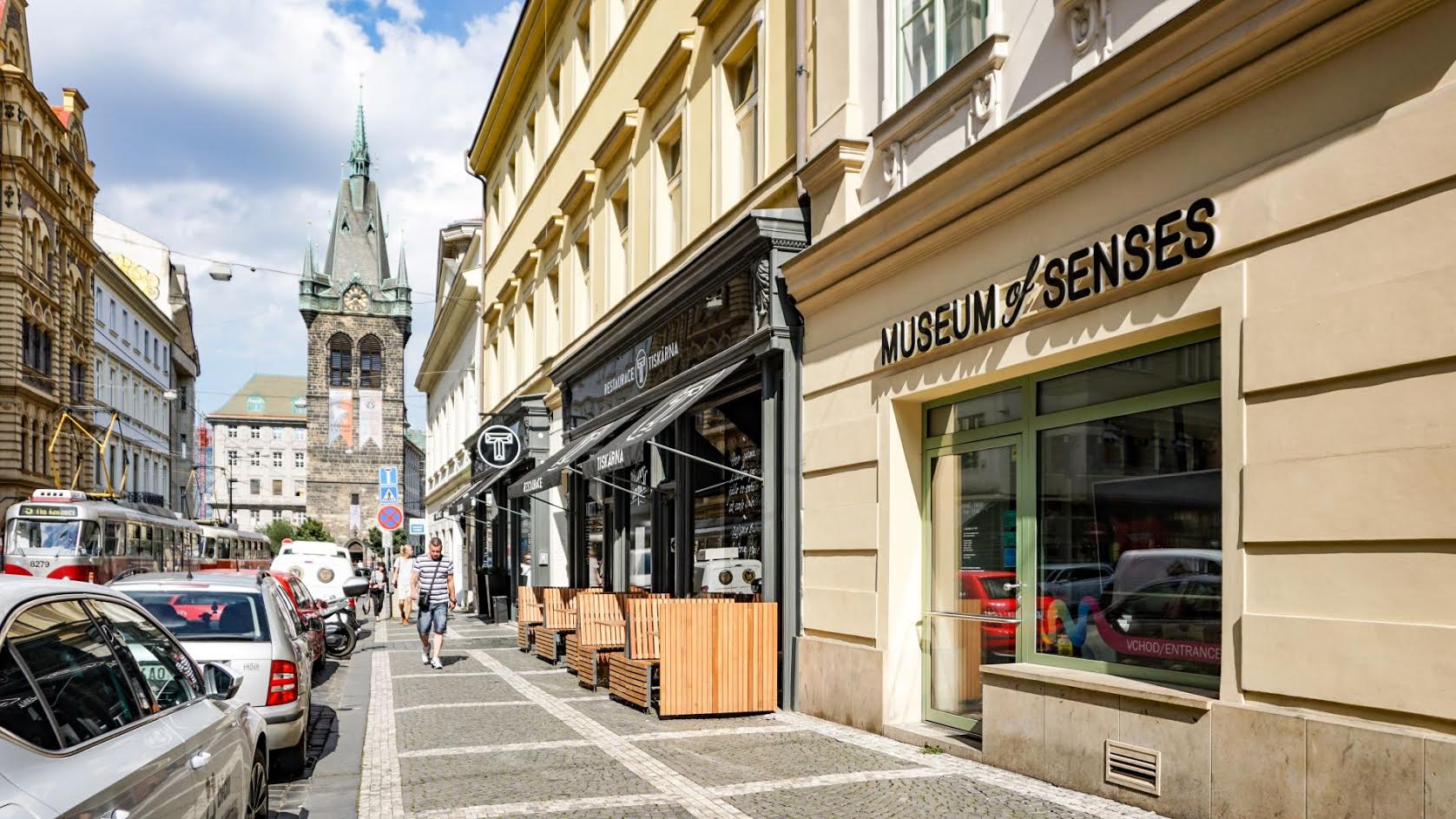
The first Museum of Senses opened in Prague in 2017, followed by Bucharest in 2018. They were immediately both popular and profitable, as well as attracting industry recognition for quality. In 2020, for example, the Prague and Bucharest museums received the TripAdvisor Best of the Best Award, which is awarded to the best in the category based on an algorithm which includes ratings and reviews.
The challenge soon emerged as to how to most effectively expand the museum concept to other parts of Europe and beyond. The answer was a relatively new concept to the museum industry, but one which is growing in popularity – franchising.

The Guggenheim Museum, which opened in 1997, was the first to experiment with the concept of museum franchising in locations such as London and Dubai, but in recent years, the concept has expanded across the museum sector, with Croatia already providing two successful models from illusions to broken relationships.
As with most things on the planet, the pandemic put those expansion plans on hold, but it also created a huge opportunity. With 2021 hosting a (hopefully) post-pandemic world, the world has changed, and the franchising conditions for the resolution of the Museum of Senses plan are looking more favourable than ever.
There are several reasons for this. Reduced rents in a remote working world, as well as a willing workforce in a global economic downturn, will have a positive effect on the bottom line. But research has also shown that one of the first sectors which will return to the 'old normal' is the edutainment and entertainment sector. People want to break free of the confinement of the last twelve months and have fun.
And fun is what the Museum of Senses offers in abundance. With a primary target group of millennials, followed by a secondary target of young families and teenagers, the Museum of Senses concept is appealing to a diverse audience, both local and tourist. Exhibits are introduced in a fun but educational way, with a sensual experience to define them.
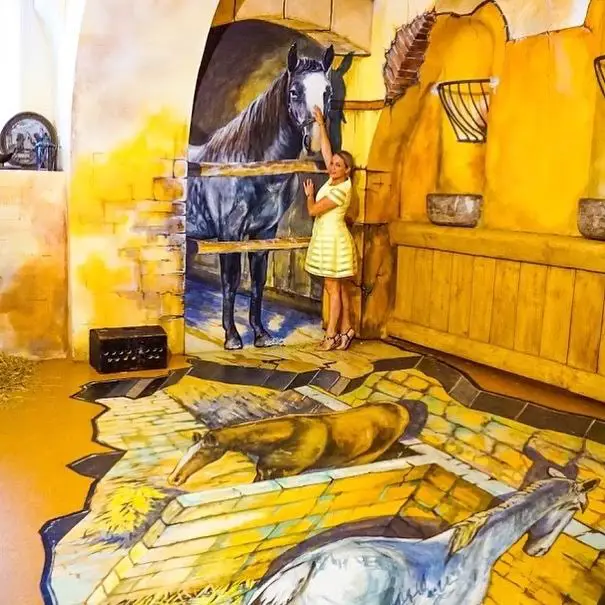
A key unique selling point of the Museum of Senses is the way it embraces local culture and traditions into its exhibits, thereby making each location unique. For example, one museum location is located in a former stables 150 years ago, and so there is a balance feature with artwork to reflect the historical reality.
Museum of Senses is based on five key concepts: interactive engagement in the exploring of the six senses; design and concept reduced to a basic level to reach the widest possible audience; visual design, enticing enough for social media promotion and sharing; that focus on local culture to develop a unique experience; and a flexible approach to branding and commercial partners, who can be brought into be a part of an exhibition (examples being Skittles, Coca Cola and Huawei), rather than remaining a mere sponsor.
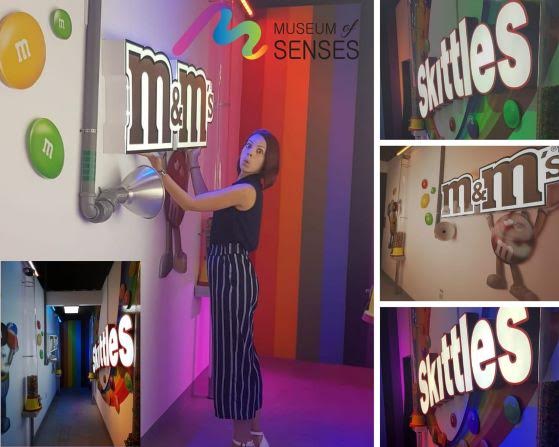
New franchises and partnerships are also undergoing due diligence in several cities worldwide.
According to Dejan Grbic, managing partner of Museum of Senses, speaking at the TGFM webinar “Emerging Franchise Brands for the New Year” last month (see the video below – Grbic's presentation starts at 17:30), the Museum of Senses franchise is an excellent opportunity, and the timing could not be better.
(Museum of Senses franchising presentation starts at 17:30)
The flexible franchise model involves light management after the initial focus of expert assistance in location sourcing, design and set up. Standard museums need an area of 500m2, but the concept is flexible enough to work in areas as small as 300m2 and up to 1000m2. The pandemic spawned an additional concept which works well in shopping malls, for example – the pop-up temporary museum.
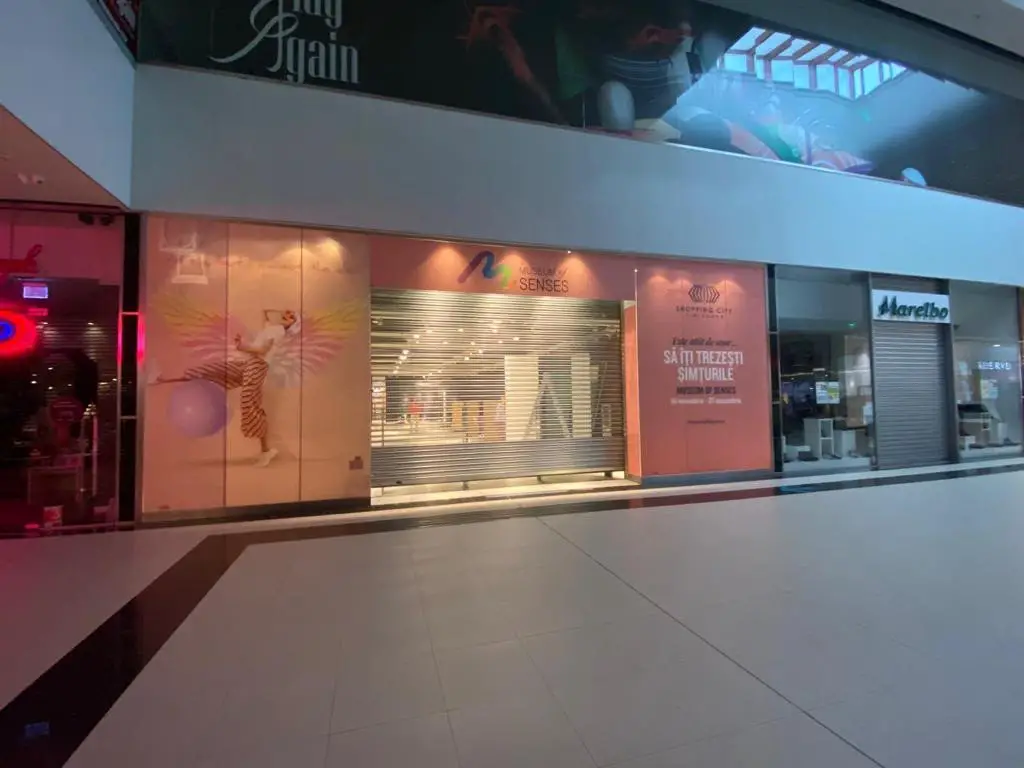
Revenues for a standard location are in the region for US$1 million a year ($1.5 million for a more prime location), based on a ticket price of US$10, with return on investment around 6-12 months.
Grbic says that the concept works for a number of reasons. Its unique local approach to its exhibits sets it apart; there is a set of diversified sales channels, which appeal to both local and tourist; the wider net of tourism and the hospitality sector, schools, even birthday parties; lots of free media and PR in the form of social media, TripAdvisor and similar platforms; and that flexible, light management mentioned above.
The concept of edutainment in the museum industry is still fairly new, and the fresh approach of Museum of Senses to the museum market is certainly fresh and on the path to success.
I look back to the museum child that I was, and I wish them every success and with a little envy. Back when I was a child, the only sense that I could use at a museum was sight. How inspiring it must be to visit a museum and test the limited of sight, sound, touch, hearing, taste and balance.
For more information about Museum of Senses, either as a visitor or a potential franchisee or partnership, visit the official website here.
STA, 3 March 2021 - The National Assembly passed on Wednesday legislation designed to end fictitious registrations of residence, a widespread practice uncovered in recent months.
The amendments to the residence registration act will crack down on fictitious registrations at addresses that are not residential, or residential addresses where the size of the living quarters clearly precludes the registration of a large number of people.
This will be done in several ways, for example with the requirement that individuals may register residence only at the administrative unit where the address is located.
At each registration, the public official conducting the procedure will have to check the actual use of the building and the number of persons already registered at the address. There will be a minimum per person requirement in terms of square metres.
If the conditions for registration are not satisfied, officials will be able to reject such applications using a simplified procedure.
The legislation comes after a series of reports showed there were apartments and sometimes even commercial premises where dozens and sometimes over a hundred persons, mostly foreigners, were registered.
MPs also rejected a separate amendment, proposed by the opposition National Party (SNS) and adopted by the Home Policy Committee, that would have required individuals to provide information about their ethnicity and religious affiliation when reporting their residence.
The provision, criticised by the Office of the Information Commissioner as discriminatory, was overridden with amendments tabled by both the coalition Modern Centre Party (SMC) and New Slovenia (NSi), and the opposition Left.
STA, 3 March 2021 - All secondary school students who have been learning remotely will return to in-person teaching on Monday, while primary school students in grades six to nine will have to wear masks at all time in class, the government decided as it conducted its weekly review of coronavirus restrictions.
The change for secondary school students comes after schools reopened in mid-February, but only final-year secondary students returned to classrooms. They were given priority because they have to prepare for school-leaving exams.
Secondary school students have been pushing for a return to classrooms and, despite the ban on gatherings of over 10 people, in early February they staged rallies to demand schools reopen.
In primary schools all students returned to class. They have to wear face masks while mixing in common areas but so far they have not had to wear masks in class. Students in grades from six to nine will now have to wear masks at all times.
The move was proposed by the Health Ministry's Covid-19 advisory group.
Teachers have to wear masks at all times and they must get tested for coronavirus once a week, a requirement that remains unchanged.
All other restrictions remain in place as well, including the 9pm-6am curfew, restrictions on gatherings, and the closure of bars and hospitality establishments.
With the exception of the coastal Obalno-Kraška region, Slovenia is currently in the orange tier of restrictions. New cases and hospital numbers had been falling steadily, but cases in particular have plateaued and even increased in some parts of the country.
STA, 3 March 2021 - The national Seismology Office has presented a new seismic hazard map for Slovenia, taking into account the latest seismic and geo-tectonic data. The upgraded danger levels and risk assessment are based on the new findings of the past two decades.
The old seismic hazard map dates back to 2001 and the new one will step into force when the changes to the earthquake resistant construction legislation are passed.
Based on the new earthquake risk assessment, engineers will establish whether national building codes in line with the Eurocode 8 seismic hazard zoning standards need to be changed.
The new map shows peak ground acceleration as well as spectral acceleration to include all possible building frequencies.

Related: Old Photos - Ljubljana After the 1895 Earthquake
Seismic hazard levels are assessed for firm ground sites using earthquake sources probability assessment and taking into account the expected lifespan of average buildings.
The upgraded version was drawn up based on the latest data used for the new European seismic hazard map and specific regional circumstances. The list of earthquakes in the country and its vicinity has been brought up to date as well.
Active faults or ground breaks and their sources, defined by the Geological Survey of Slovenia, have been included in the map for the first time ever, meaning risk levels are now assessed not just on the basis of previous quakes but also on potential fault hotspots.
Areas with the highest earthquake hazard in Slovenia are the Posavje region in the east, the Novo Mesto area in the south-east, the capital Ljubljana and certain areas in the north-west and west of the country, particularly the Kobarid, Bovec and Idrija areas. On the other hand, the coast, the Maribor area and the north-east are safest.
If you’d like to keep up-to-date with the latest in seismic activity as it relates to Slovenia, there’s the government website (in Slovene) here, while an international site, in English and searchable by location, is here.
STA, 28 February 2021 - Singer Ana Soklič will represent Slovenia at this year's Eurovision Song Contest in Rotterdam with a song titled Amen. The song was premiered during the annual EMA music event on Saturday evening with Soklič singing it in English.
Since it was already known that Soklič will represent Slovenia this year as she did not get the chance to do that in 2020, the only thing left to announce was the song.
The latest Slovenian Eurovision entry will be first presented to the European audience during the contest's first semi-final on 18 May.
The inspiration for the song was life itself, said Soklič, who co-wrote music along with Žiga Pirnat and Bojan Simončič and lyrics with Pirnat and US lyricist Charlie Mason, whose credits include hits by Miley Cyrus as well as the 2014 Eurovision winning song Rise Like a Phoenix, performed by Conchita Wurst.
The production of Amen also included the RTV Slovenija Symphony Orchestra and an accompanying choir led by Dorian Holley, who was one of Michael Jackson's backing vocalists.
The vocals for the song were recorded in EastWest Studios in Hollywood with record producer Tony Maserati on hand. Maserati is famous for working with music celebrities such as Lady Gaga, Ed Sheeran, Jennifer Lopez, Whitney Houston and David Bowie, RTV Slovenija said.
He contributed to the development of the New York R&B and hip-hop scene in the 1990s and has been since cooperating on Grammy nominated and winning projects including with Black Eyed Peas and Beyoncé.
This year's EMA was held in a different format due to the Covid circumstances and the cancellation of last year's Eurovision contest. Instead of 12 songs competing for the honour to represent Slovenia, the show paid tribute to the most famous Slovenian and Yugoslavian Eurovision performances to mark the 60th anniversary of former Yugoslavia's first Eurovision appearance.
Slovenia was first represented at Eurovision as an independent country in 1993. Since then, the country has never failed to take part except for 1994 and 2000. The country's best result to date is 7th place, both in 1995 with Darja Švajger and in 2001 with Nuša Derenda.
STA, 26 February 2021 - As gatherings are banned in the coastal Obalno-Kraška region as of Saturday and travel between this and other regions is restricted to work- and health-related reasons, Interior Minister Aleš Hojs explained that schools will not be closed in the region for the time being. There will also be no ban on travel between municipalities there.
Hojs told the press on Friday that the restrictions were being introduced due to the deteriorating epidemiological situation in the region, but travel would not be restricted to municipal borders.
"As the epidemiological situation in the municipalities of the Obalno-Kraška region is mostly comparable and because only one statistical region has entered the red [tier], we decided to confine movement within the region only," he said.
Several exceptions for the crossing of the regional border will be allowed, but these do not include visits to shops that are not available in the region.
"We know that a part of shops in the region have been closed and this is the exception that people could take advantage of, by saying that they allegedly need to travel to Ljubljana or elsewhere for that reason," the minister stressed.
Travel between the permanent and temporary residence will not be considered as an exception, either. "If you have a permanent residence in Ljubljana, you are in Ljubljana. This ... must not be exploited for going on a vacation or on a trip to the coast."
As for schools, Hojs said that they would remain open in the Obalno-Kraška region, meaning that primary school children and students of the final grade of secondary school would continue to be taught in-person on Monday.
"A decision has been made that school workers, epidemiologists and doctors come up by next Wednesday with a model under which in-person teaching could perhaps be continued, and even all secondary school students return to school, in the red regions."
Elsewhere in the country, gatherings remain restricted to up to ten persons and the 9pm-6am curfew remains in force. Hojs believes that the latter has had a positive impact on the epidemiological situation in Slovenia.
"From the position I hold at the moment, I may assess that the measure has contributed much to the situation starting to improve," he said, assessing that otherwise, the picture would have been much different, mostly because of private parties.
The government is currently taking decisions on restrictions on the regional basis, but if a majority of the regions return to the red tier, it will probably resort again to taking measures at the national level, Hojs added.
STA, 25 February 2021 - Any gatherings are banned in the coastal Obalno-Kraška region from Saturday and travel between this region and others is restricted to work- and health-related reasons, the government decreed at Thursday's correspondence session. The current level of restrictions remains in force in the rest of the country.
The exemptions from the restriction on inter-regional movement in the case of the coastal region include commute to or from work, travel for business purposes, commercial farming and forestry work, or travel required to deal with direct threats to health, life or property.
Travel to or from the coastal region is also allowed to maintain contacts with one's children, to care for or help a person in need or a family member or to access health and spa services and pharmacies if needed.
People visiting foreign diplomatic or consular offices, or accessing emergency services or judicial and administrative services will also be exempt from the ban.
Other exemptions include those seeking services for people with special needs, people seeing to a property, people transiting the coastal region to cross the border or travel to their home region and people who need to perform urgent maintenance work on a grave.
The exceptions also apply to close family members or members of the same household when travelling together.

The region in question
Provided they heed precaution protocols, crossing the borders of the region is also permitted for people with a Covid-19 vaccination certificate, a negative coronavirus test, PCR or rapid, no older than 48 hours, or a document attesting they tested positive more than 21 days but less than six months ago, or a GP's confirmation that the person has recovered from Covid-19 earlier than half a year ago.
The test results are valid if they were produced in EU member states or Schengen countries or by third country organisations or individuals cleared by the Institute of Microbiology and Immunology and National Laboratory of Health, Environment and Food.
In other regions, gatherings of up to ten persons remain permitted. The 9pm-6am curfew remains in force across the country.
STA, 24 February 2021 - The National Public Health Institute (NIJZ) has announced that a total of 25,200 doses of the Moderna and AstraZeneca vaccines for Covid-19 are expected in Slovenia on Thursday.
More than 232,000 doses are expected to be delivered in March - 99,450 doses of the Pfizer vaccine, 30,000 doses of the Moderna vaccine and 102,885 doses of the AstraZeneca vaccine, the NIJZ told the STA on Wednesday.
This week, Pfizer already delivered 22,230 doses, and a slightly larger shipment of Moderna and AstraZeneca vaccine is expected tomorrow.
Moderna is expected to deliver 8,400 doses, half of which is to be used for second shots, while AstraZeneca is to deliver 16,800 shots, all of which will go for first shots, the NIJZ said.
As for March, Pfizer is expected to deliver shipments of almost 20,000 doses every Monday. AstraZeneca is to deliver its vaccine in five shipments, the first coming on 4 March, when 3,700 doses are expected.
All the latest data on Slovenia and coronavirus




